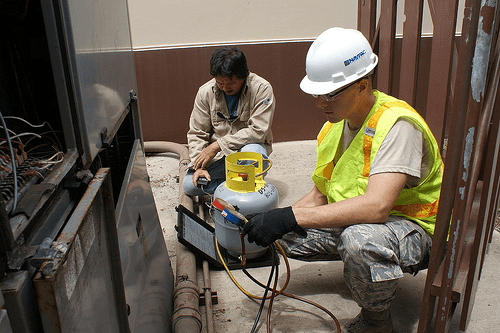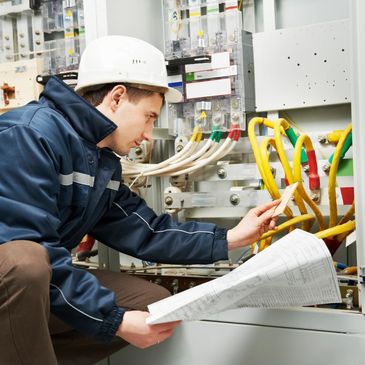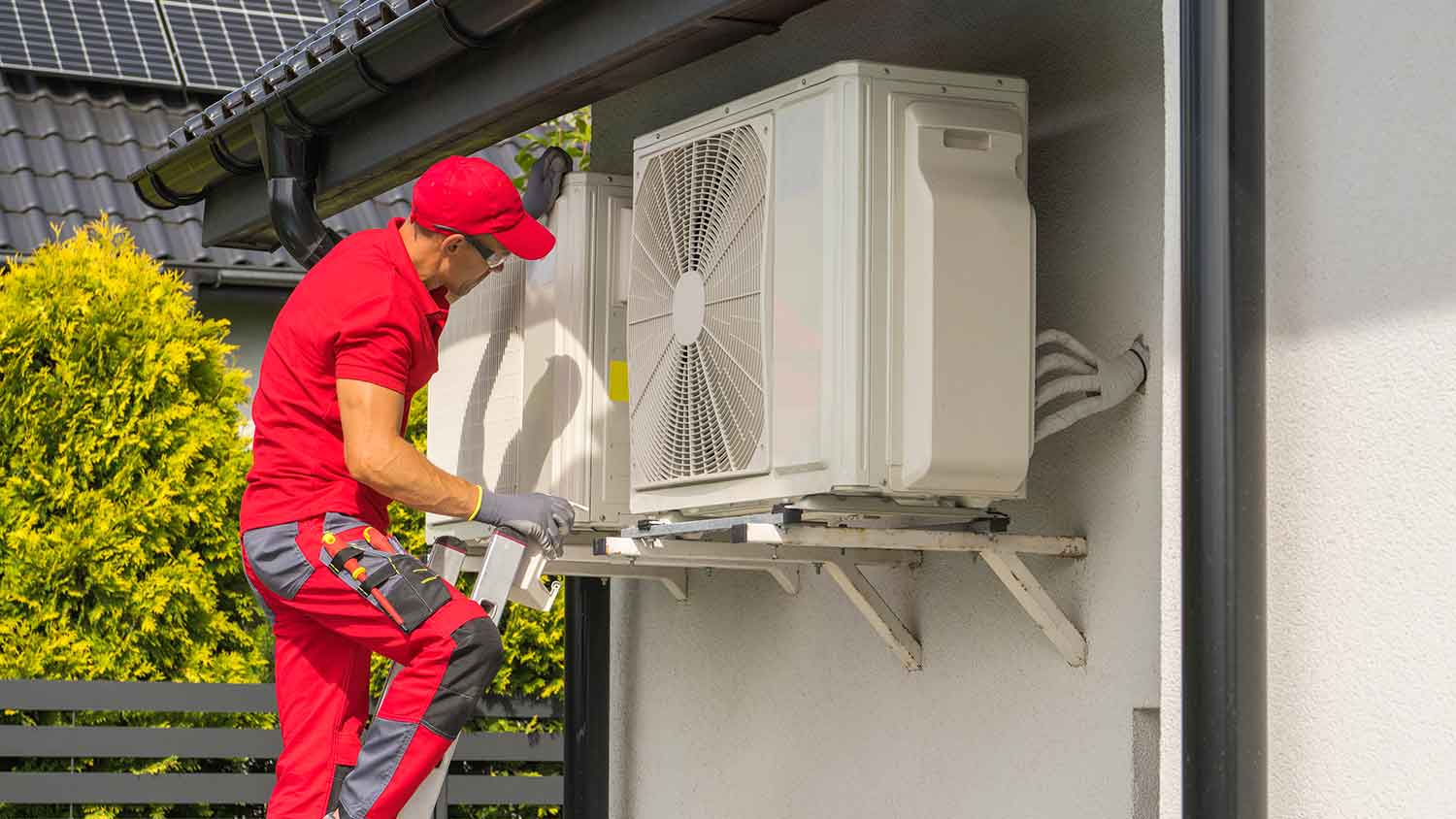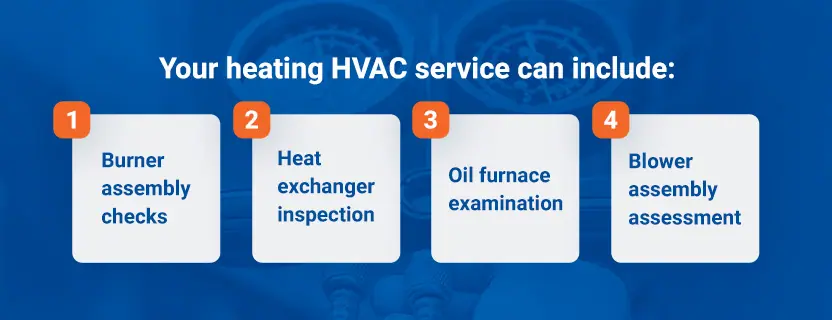The Significance of A/c Setup: Trick Factors To Consider for a Comfy Indoor Environment
The installment of an a/c system is a crucial element in attaining an energy-efficient and comfy indoor atmosphere. However, the process includes several nuanced factors to consider that surpass simply choosing a system off the shelf. Factors such as the suitability of the system for certain structure demands, proper sizing to circumvent inefficiencies, and the competence of specialists for a high quality installment play essential roles. The adoption of advanced technologies can considerably boost system performance. Comprehending these intricacies is just the beginning of making certain optimum interior convenience. What are the critical aspects that dictate successful cooling and heating execution?
Selecting the Right System

When picking a heating and cooling system, it is crucial to assess the capability needed to properly heat or cool down the area without straining the system, which can cause boosted wear and functional expenses. Consulting with an expert heating and cooling professional can give useful understandings into choosing a system that aligns with both the anticipated use and the building layout patterns of the building.
Additionally, taking into consideration the assimilation of wise modern technology can boost system monitoring and surveillance, supplying higher control and possible expense financial savings. By carefully analyzing these aspects, one can make sure the selection of a heating and cooling system that not only meets immediate needs but also adds to long-lasting functional sustainability and passenger comfort.
Comprehending Power Performance
Understanding power effectiveness is necessary when considering a Cooling and heating setup, as it directly impacts both the environmental footprint and the functional expenses of the system. The effectiveness of a Cooling and heating system is usually indicated by scores such as SEER (Seasonal Power Effectiveness Ratio) for air conditioners or AFUE (Annual Fuel Application Efficiency) for furnaces.

Buying an energy-efficient a/c system not only converts to set you back financial savings however also contributes positively to ecological conservation by decreasing greenhouse gas discharges. In addition, many territories supply rewards or discounts for the setup of high-efficiency systems, further boosting their financial appeal.
When reviewing energy efficiency, take into consideration advanced attributes such as variable speed electric motors, smart thermostats, and zoning abilities. These technologies boost the system's capacity to adapt to differing demand, therefore optimizing power use. It is important to consult with a/c experts who can supply insights right into the most effective choices customized to specific climate conditions and use patterns, guaranteeing maximum effectiveness and convenience.
Value of Appropriate Sizing

Conversely, a small HVAC system will have a hard time to get to the preferred temperature, especially throughout severe climate condition. This can lead to constant operation, leading to higher energy expenses and potential getting too hot of system elements. Additionally, insufficient sizing can web bring about inconsistent temperature circulation, use this link triggering specific locations of a structure to be too trendy or too warm.
To attain the appropriate sizing, a detailed load estimation is essential. This includes analyzing numerous aspects such as the building's square footage, insulation degrees, home window kinds, and neighborhood climate problems. By properly identifying the heating and cooling needs of an area, heating and cooling experts can advise systems that guarantee efficient procedure, minimized energy intake, and improved interior comfort.

Making Sure High Quality Installment
A smooth HVAC setup is the foundation of a system's long life and efficiency. This professional need to possess comprehensive understanding of diverse systems and be experienced at analyzing the specific needs of the building.
Proper installment goes past mere positioning of equipment. It entails accurate calibration to make certain optimum airflow, efficient power intake, and consistent temperature level distribution. This consists of accurate ductwork setup, making certain connections are leak-free and safe, which is vital for maintaining system efficiency and indoor air high quality.
Furthermore, the execution of advanced analysis devices during setup can discover potential problems early, avoiding costly repair work and expanding the life expectancy of the system. The contractor must likewise make certain that all components work which the system complies with regional building ordinance and policies.
Normal Maintenance Practices
Once the foundation for a high-performing heating and cooling system is established through quality setup, the emphasis must change to normal maintenance techniques to ensure ongoing performance and reliability. Routine maintenance not just expands the lifespan of the system however likewise improves interior air high quality, lowers power consumption, and protects against costly repair work. Vital upkeep tasks include consistently altering air filters, cleansing evaporator and condenser coils, and examining the system for leaks or obstructions.
This simple task can dramatically boost air circulation and system effectiveness. Furthermore, expert specialists that site ought to examine the system annually, checking for cooling agent levels, electric connections, and total system efficiency.
Interest to ductwork is also critical; securing and cleaning air ducts frequently avoids air loss and contamination. Implementing a maintenance timetable makes sure that small issues are resolved before they intensify, protecting the system's operational integrity. By adhering to these maintenance methods, homeowners can optimize their a/c system's functionality and keep a comfy interior environment year-round.
Final Thought
By picking an ideal system customized to details structure needs, comprehending energy performance, and ensuring proper sizing, ineffectiveness can be lessened. The involvement of proficient specialists guarantees high quality installation, while the combination of sophisticated modern technologies boosts system performance and monitoring.
Numerous kinds of HVAC systems are readily available, consisting of split systems, hybrid systems, duct-free systems, and packaged heating and air systems, each with distinct benefits and limitations.
Comprehending power effectiveness is important when thinking about an A/c installation, as it straight affects both the ecological impact and the operational expenses of the system. The performance of a HVAC system is typically indicated by scores such as SEER (Seasonal Energy Performance Proportion) for air conditioners or AFUE (Annual Gas Use Performance) for heating systems (Electrician in Brownwood TX).As soon as the foundation for a high-performing A/c system is established through quality installment, the focus should shift to normal maintenance practices to ensure continued effectiveness and integrity. In addition, professional service technicians need to check the system yearly, checking for refrigerant degrees, electrical links, and general system efficiency